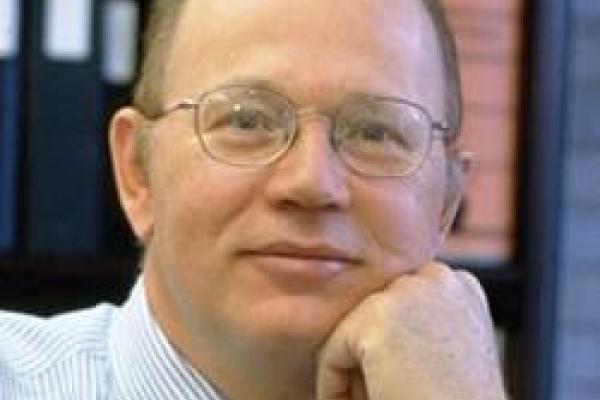
Currently oil and natural gas constitute more than 60% of the world's energy supply. This talk will give brief overviews of demand forecasts, petroleum geology, petrophysics, drilling operations, and how to drill complex well trajectories. Contrary to popular opinion, drilling is a high tech activity. Several examples show how physics is applied to the search for hydrocarbons during the drilling. Sophisticated instruments are built into drill collars and measure the subsurface properties just behind the drill bit. Electromagnetic propagation, Compton scattering, neutron scattering, nuclear spectroscopy, and magnetic resonance are some of the common measurements made while drilling. The hostile drilling environment (high temperatures, high pressures, high shock levels) create challenging problems for the physicist and engineer
